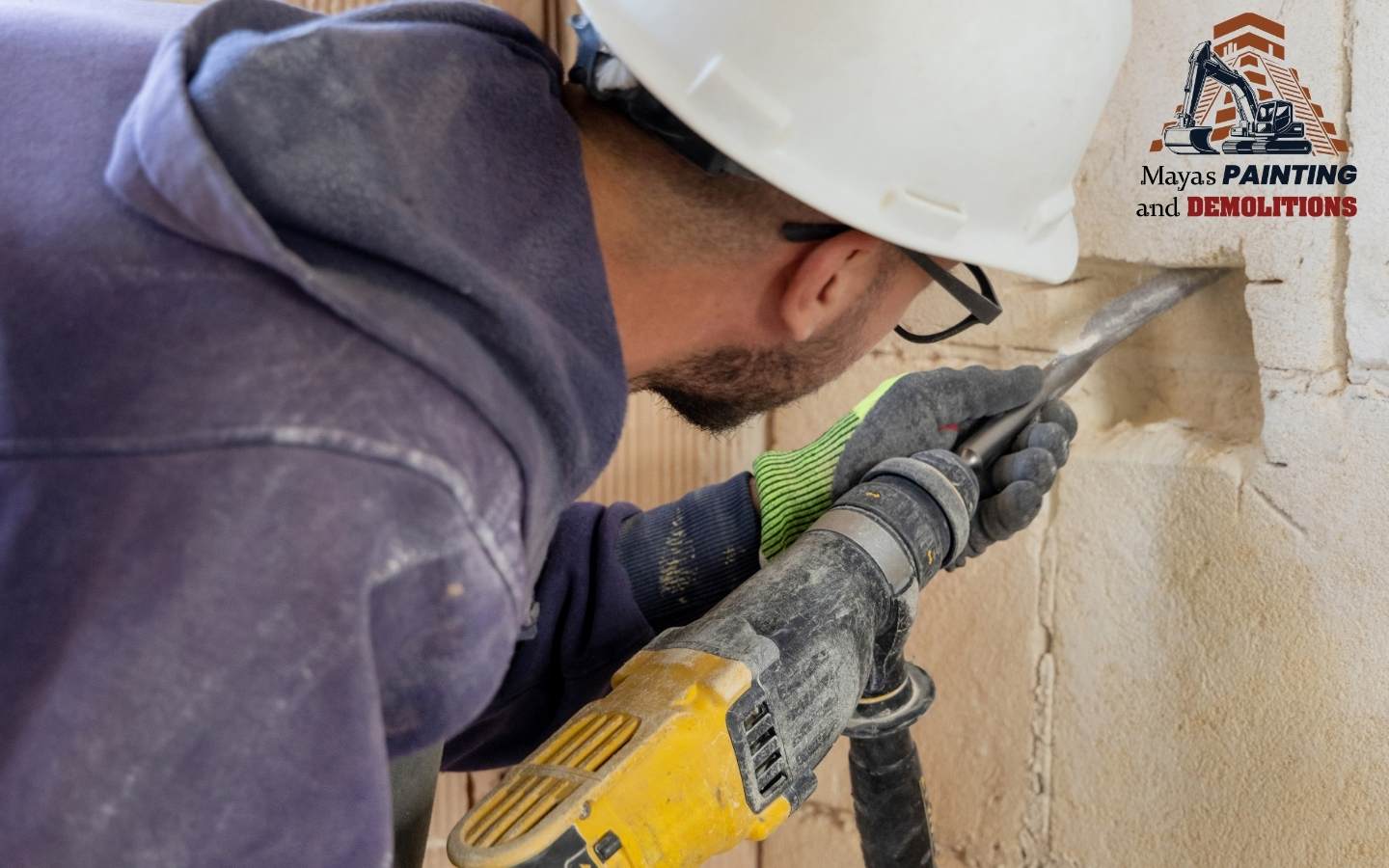
When tackling demolition tasks, choosing the right tool makes all the difference. Many wonder, can you use a hammer drill for demolition? While both tools deliver impact force, they serve different purposes. Understanding their differences helps avoid damage, inefficiency, and unnecessary costs. This guide explores whether a hammer drill can handle demolition and what to consider before using one.
How a Hammer Drill Works
Function and Purpose
A hammer drill combines rotary motion with a pounding action, making it effective for drilling into masonry, concrete, and brick. However, it is not specifically designed for heavy-duty demolition tasks.
Key Features of a Hammer Drill
- Rotational Mechanism – Uses a spinning motion to penetrate surfaces.
- Hammering Action – Adds forward impact to assist drilling.
- Adjustable Speed Settings – Allows for different drilling depths and materials.
- Lightweight Design – Easier to maneuver than heavier demolition tools.
Is a Hammer Drill Strong Enough for Demolition?
When It Can Be Used
A hammer drill is suitable for light demolition work, such as:
- Chipping away small sections of tile or plaster.
- Breaking thin layers of brick or concrete.
- Removing loose mortar from joints.

When It Falls Short
For heavier demolition tasks, a hammer drill lacks the following:
- Impact Force – Not strong enough for thick slabs or reinforced concrete.
- Continuous Power – Designed for drilling, not prolonged hammering.
- Durability – Overuse in demolition can lead to overheating and wear.
Hammer Drill vs. Dedicated Demolition Tools
Choosing the Right Tool for the Job
If your project involves breaking apart tough materials, a hammer drill might not be the best choice. Instead, consider tools designed for demolition work, such as:
Selecting the correct tool ensures efficiency, safety, and long-term reliability.
Signs You Need a More Powerful Tool
Indicators That a Hammer Drill Won’t Be Enough
- Material is too thick – Requires multiple passes with little progress.
- Tool overheats quickly – Not designed for prolonged impact.
- Inconsistent results – Fails to deliver clean breaks.
When these signs appear, switching to a more powerful demolition tool prevents delays and ensures a smoother process.
